Tick tock goes the Old Tymer’s clock
By Thomas Nelson, tnelson@charlescitypress.com
Clocks older than their owner tick and tock at Christopher Anthony’s home in Charles City.
For about two years Anthony has been a member of the Old Tymer’s Clock Club.
The club will host an open house event for the public from 5 to 7 p.m. Friday, March 2, at the Charles City Arts Center.
“A couple of guys from Mason City and I thought it would be fun to get together once in a while and share interesting clocks,” Anthony said about establishing the club.
There are about 15 to 18 members in the Old Tymer’s Clock Club from the Charles City and Mason City areas.
“Each one of us will pick some of our favorites,” Anthony said about the Arts Center show. “I’m going to show some of my weight-driven clocks and show the different sizes.”
The event will serve as a way to promote interested in clocks and the club, he said.
“Clocks, I feel, are a great work of art,” Anthony said. “There’s craftsmanship in the woodwork, and even in the metal clocks there’s craftsmanship.”
There is a large amount of artisanship required for the creation and upkeep of gear-winding clocks, some of which have hundreds of gears all working toward the purpose of recording time.
Looking around at the clocks that Anthony has in his house, you can see the work required to keep them running and looking their best.
The complicated gears, wires and workings of the inside of the clocks can show their history.
“It took a lot of thinking from those guys in the early days,” Anthony said.
Gears can be made of wood or brass, with wooden gears — and therefore the clocks that contain them — usually larger.
There are spring, weight and wooden work-driven clocks, Anthony said.
Some of the clocks in Anthony’s collection are made entirely of wood, including the gears.
Anthony’s clocks don’t require tweezers and a magnifying glass to repair.
“Most parts are easily accessible. You just have to pull the movement out of it and you can work on it,” he said. He has some in his home that he’s currently working on and repairing.
Anthony has had an interest in history since he was a little kid, he said.
“I like the Civil War history. I like military history. I collect old stuff from my hometown in Pennsylvania,” Anthony said. “Growing up as a kid, my grandparents had a few clocks which I’ve got now.”
Around the time that Anthony was 14 or 15 his grandparents had an old clock they didn’t run because of the noise and chiming. He took it home with him and it has stayed with him ever since.
“That one’s been with me since I’ve been about 14 years old,” Anthony said. “In the last couple years since we started the club, I’ve really been bitten by the love of it even more.”
Last year Anthony bought about 34 to 35 clocks, he said, bringing his collection to around 70 total.
“There are guys in town, in Mason City and in town, that are clock repair guys,” Anthony said. “They’re into doing that more than I can. I’ll do a little bit.”
Every clock is different, with some having specific patents for their inside parts and gears.
“It kind of got started really big in the United States with Eli Terry in the early 1800s when he started patenting the wooden work’s movements,” Anthony said.
Through Anthony’s time talking with the Press in his home, clocks go off and ticking fills the background.
“You wouldn’t believe how many clockmakers there were in the United States at one time,” Anthony said. “Some made them for three or fours years, some made them for 30, 40 years or more.”

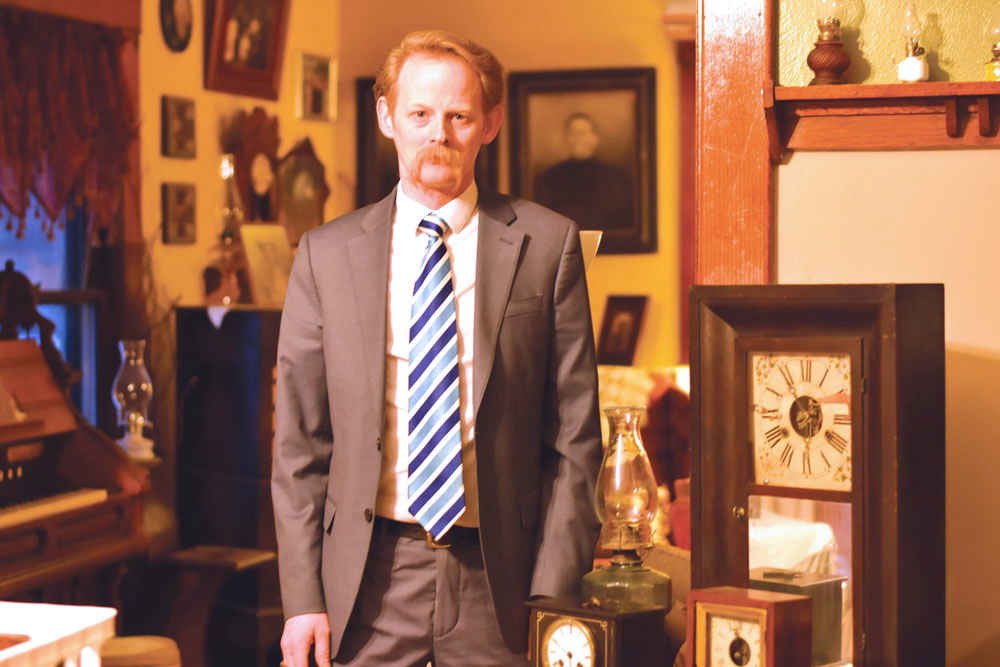
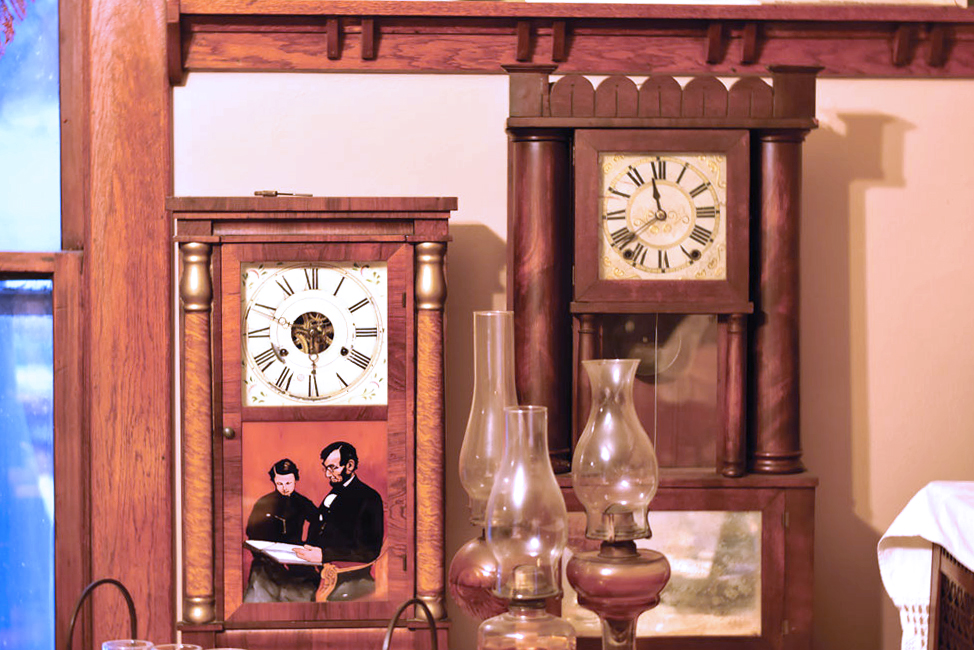
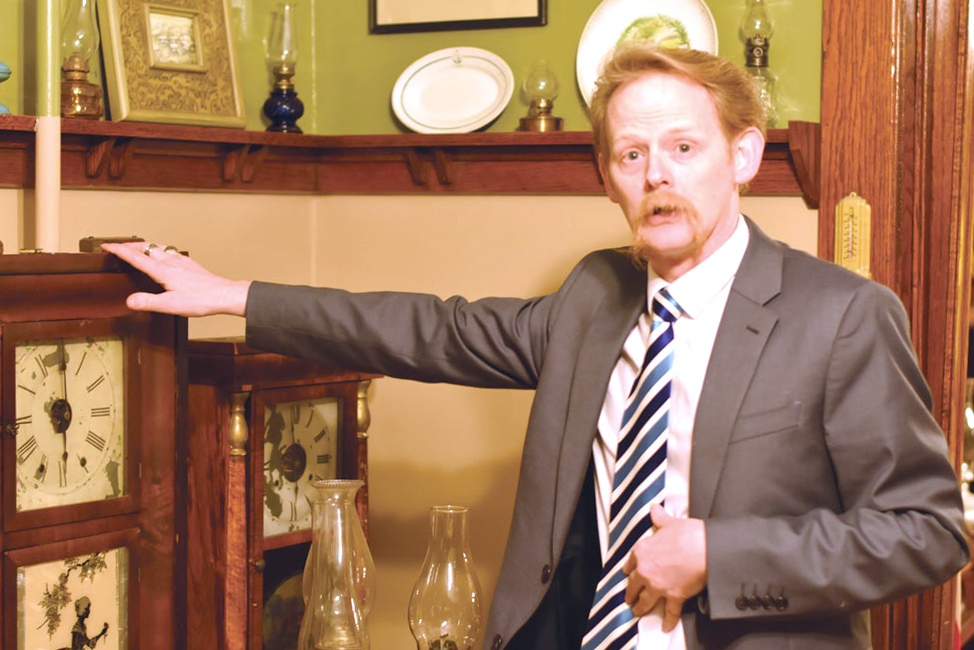
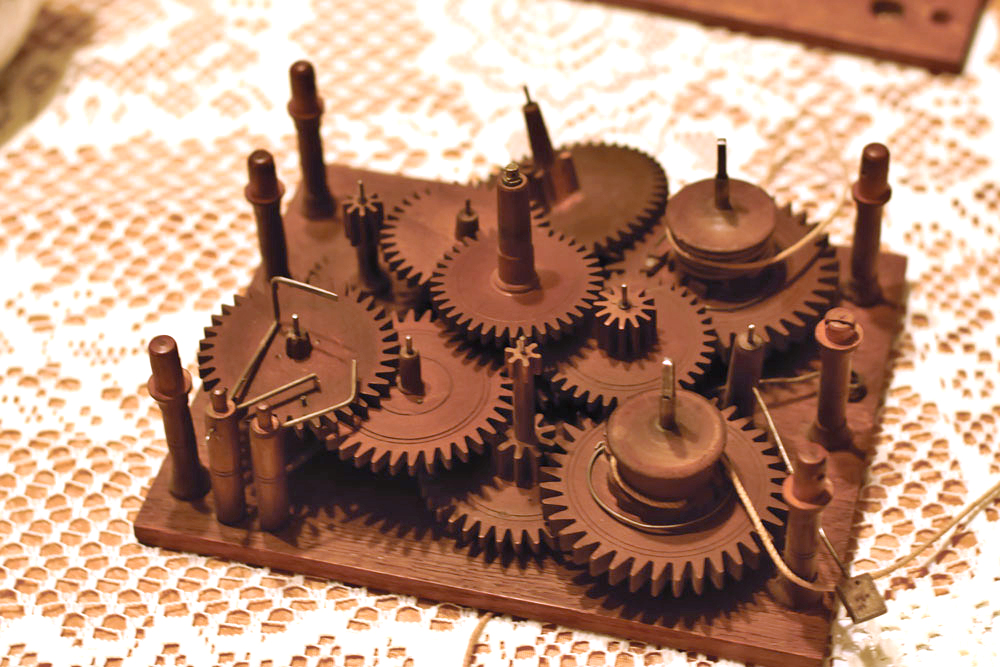


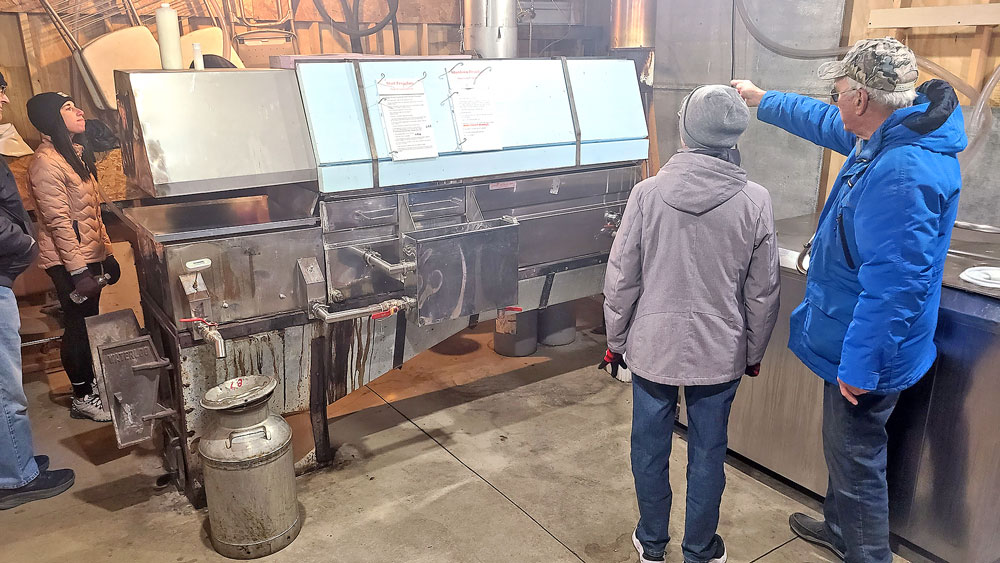

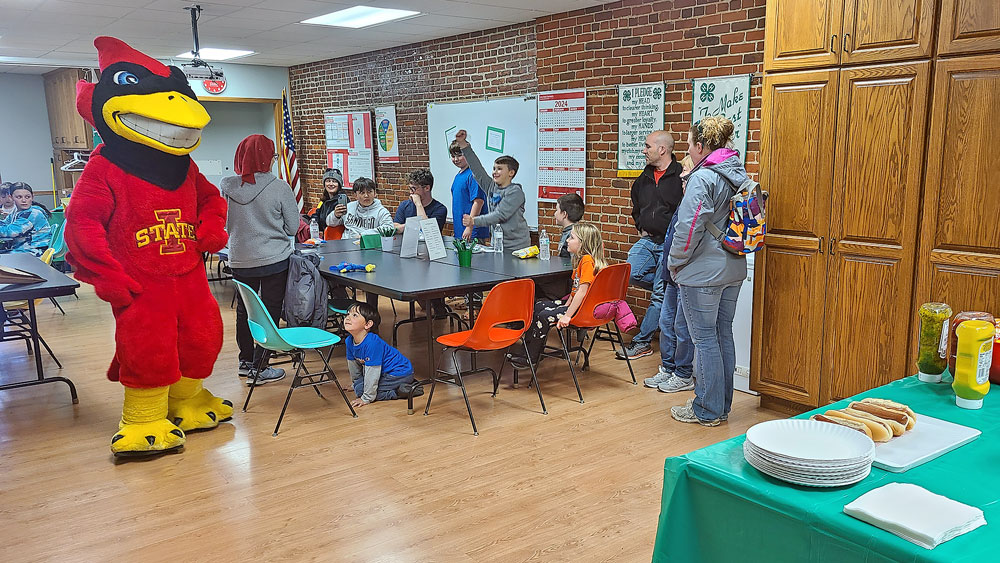
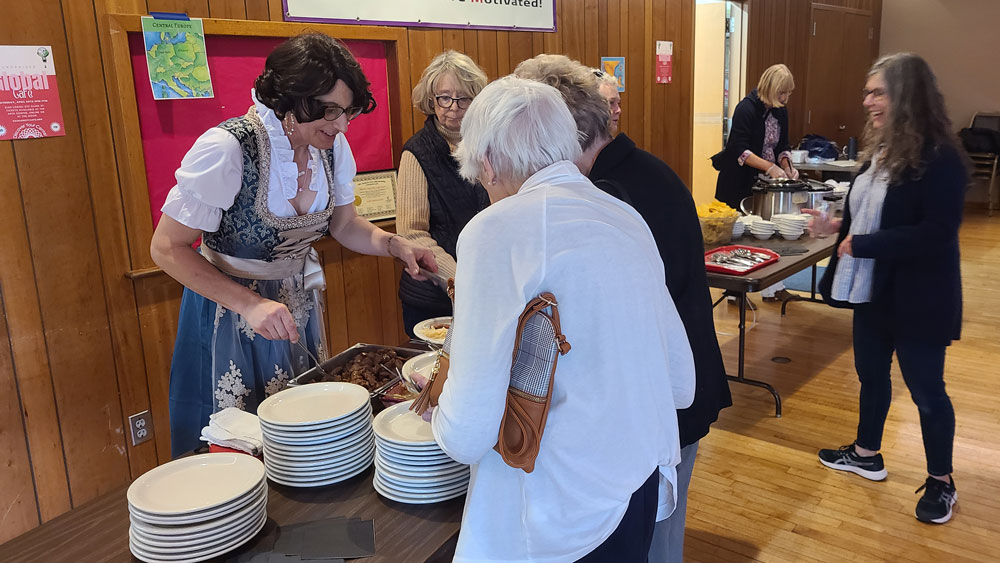


Social Share